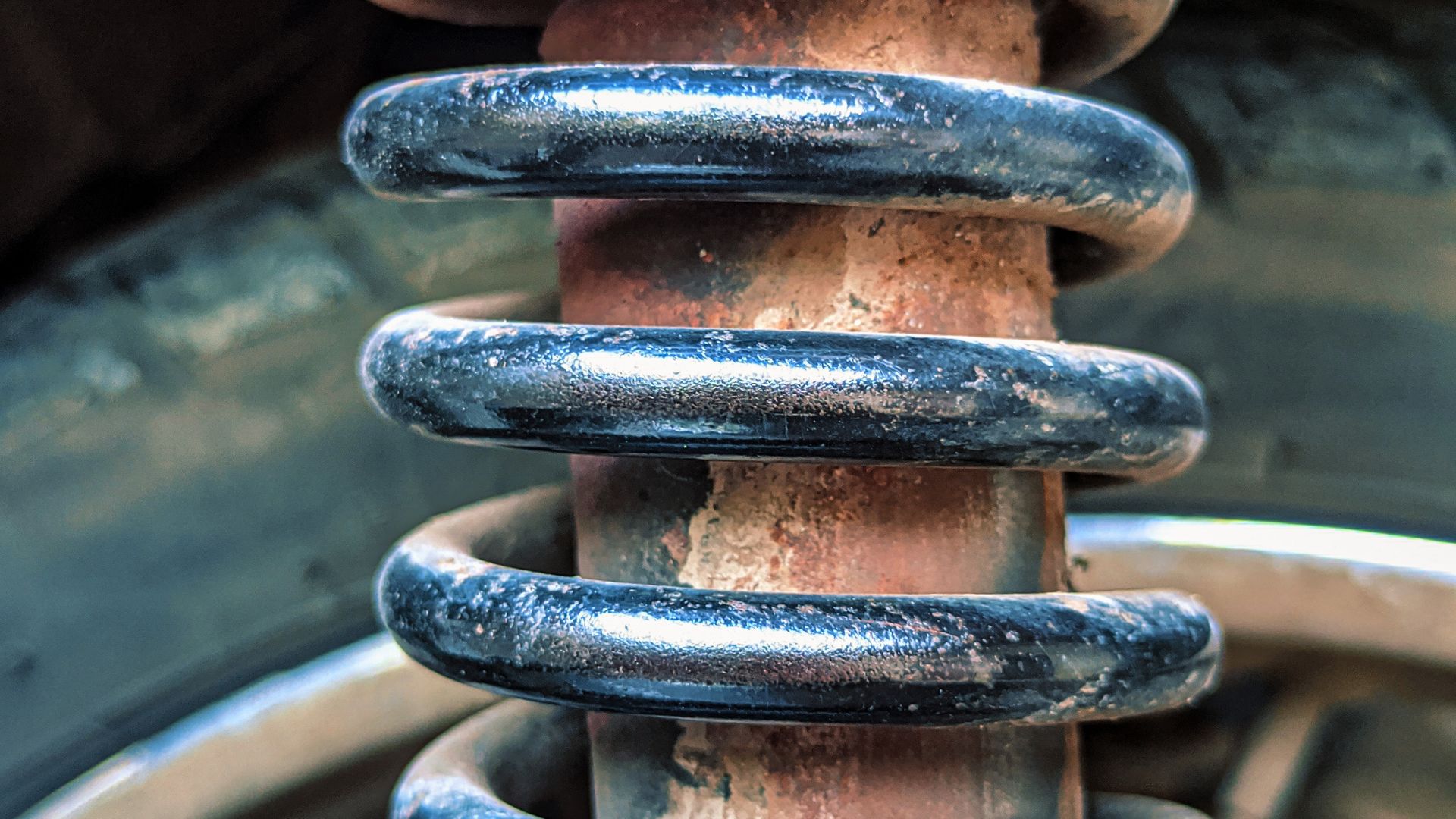Frankiee63
Marine/Ocean
Will a steel spring weaken if constant load is applied to it even if the load is within its operating limits? Example: a torque wrench left at 100 ft-lbs for months? Thanks in advance
Follow along with the video below to see how to install our site as a web app on your home screen.
Note: This feature may not be available in some browsers.

Wow that was unexpected. 20 %??The spring-loaded torque wrench was tested on the Torque Test Channel:
This was not an exhaustive test. I didn't notice a follow-up to see just how far-reaching the effect was.
I just received a used torque wrench from eBay and the (moron) seller had it left at max torque adjustment. And if it was his personal wrench (it had his name written on the case in marker) it likely was left there for a very long time until he was motivated to list and sell it. Tomorrow I'll take it into work and test it on our torque calibration block and report back how much spring sag was there. Mine is a better quality wrench (SK Tools) so it's possible it's higher quality spring steel.Wow that was unexpected. 20 %??
My used torque wrench turned out to have lost significant linearity so I couldn't get it calibrated beyond any single torque value. And that's an SK Tools clicker style wrench with a $330 retail price. Maybe the wrench needs you to explain to it how that's not possible - I'm open to anything here.Leaf springs and coil springs don't sag, beyond a preliminary shift as the abutments (generic) dig in, if they are properly designed and not massively overloaded. Sometimes somebody has a fit of conscience and designs a coil spring so it is coil bound before it yields. In cars that is more by luck than judgement, I'd call it a nice to do in some contexts. It has a big downside, you can't scrag the spring to get the check height right and improve the fatigue life. I doubt a cheap torque wrench has good quality steel in the spring, and the design of other parts in the wrench may allow things to move more than they should.
